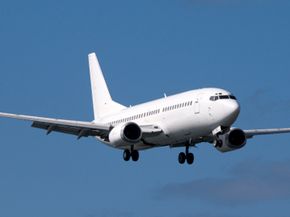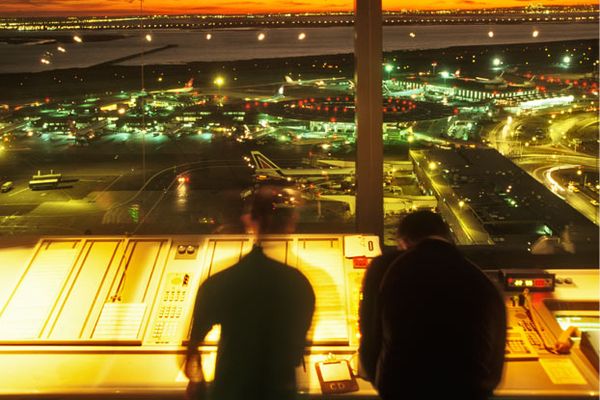When air travel debuted in the early 20th century, it was both rare and expensive. Air travel was restricted to the very wealthy, and each trip was a special occasion -- even if the plane was deafeningly loud and rattled your teeth for the entire flight. After World War II, powerful engines and improved plane designs made it possible to carry more passengers for longer distances. The economics of scale brought the price of a plane ticket within reach of the average family.
Many airlines continued to treat air travel as a luxury, however. Free meals and drinks, expansive and comfortable seats, personal attention from flight attendants and other amenities kept the price of plane tickets relatively high. Airline deregulation and the changing economics of the airline industry in the 1970s and '80s lead to a new type of airline category -- the budget airline.
Advertisement
Budget airlines, as you would guess from the name, offer inexpensive tickets -- sometimes as low as $50 for a one-way ticket. They manage this by cutting their own operating costs. How do they cut costs? There are many ways an airline can trim operating expenses, but budget airlines are most well-known for cutting back on passenger luxuries, or making passengers pay for luxuries à la carte.
What's behind the success (and sometimes failure) of budget airlines? Do they cut corners on safety? What is it like to fly on a budget airline? In this article, we're going to take a hard look at airline economics and find out how budget carriers stay in the black.

